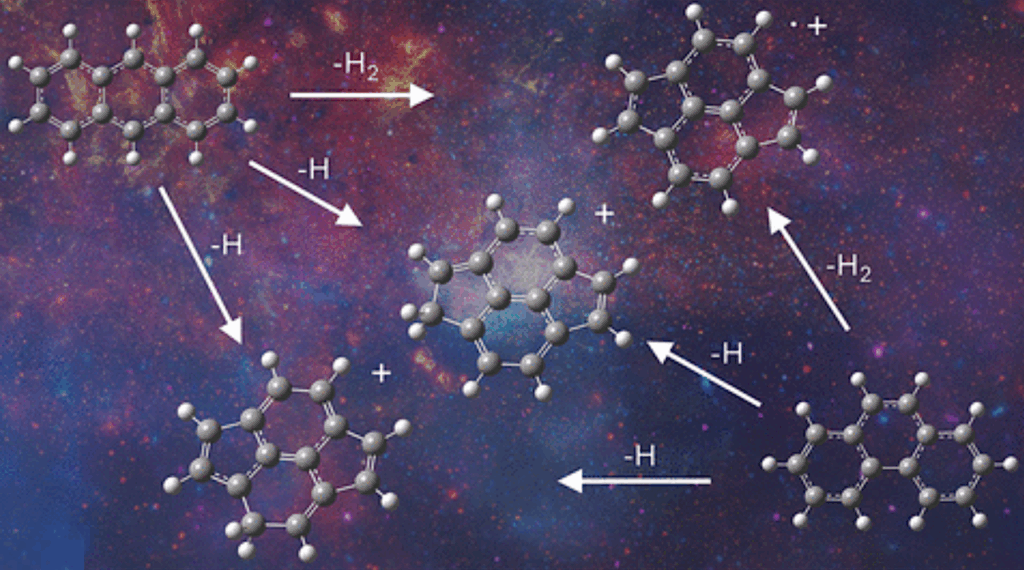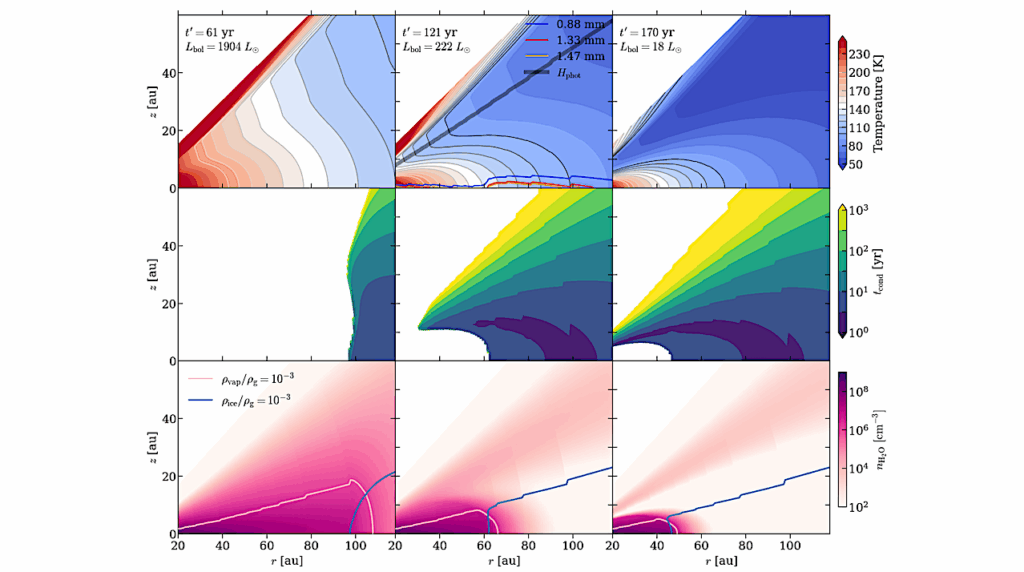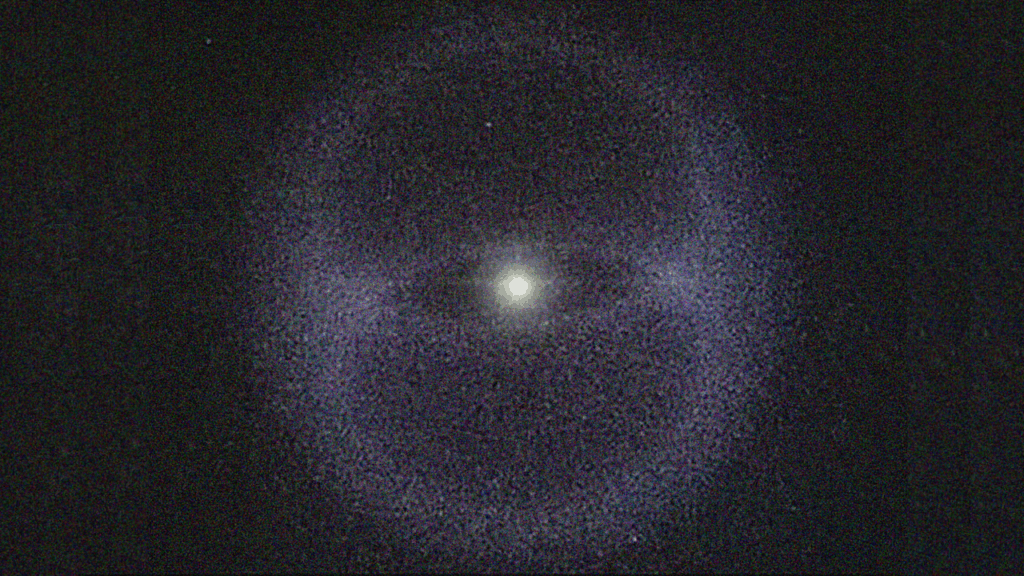Modeling The Formation Of Selk Impact Crater On Titan: Implications For Dragonfly

Selk crater is an ∼ 80 km diameter impact crater on the Saturnian icy satellite, Titan. Melt pools associated with impact craters like Selk provide environments where liquid water and organics can mix and produce biomolecules like amino acids.
It is partly for this reason that the Selk region has been selected as the area that NASA’s Dragonfly mission will explore and address one of its primary goals: to search for biological signatures on Titan.
Here we simulate Selk-sized impact craters on Titan to better understand the formation of Selk and its melt pool. We consider several structures for the icy target material by changing the thickness of the methane clathrate layer, which has a substantial effect on the target thermal structure and crater formation. Our numerical results show that a 4 km-diameter-impactor produces a Selk-sized crater when 5-15 km thick methane clathrate layers are considered.
We confirm the production of melt pools in these cases and find that the melt volumes are similar regardless of methane clathrate layer thickness. The distribution of the melted material, however, is sensitive to the thickness of the methane clathrate layer. The melt pool appears as a torus-like shape with a few km depth in the case of 10-15 km thick methane clathrate layer, and as a shallower layer in the case of a 5 km thick clathrate layer. Melt pools of this thickness may take tens of thousands of years to freeze, allowing more time for complex organics to form.

Crater depth as a function of crater diameter. These craters are formed by 3–4 km-diameterimpactors on a 5–15 km thick methane clathrate layer with the corresponding temperature profiles from Kalousov´a & Sotin (2020) (see legend). While the error bars correspond to the uncertainty of six cells, they are almost within the symbols. Note that we also added the horizontal error bar in the case of the very ambiguous rim (see blue square symbol, 15 km thick methane clathrate with 4 km-diameter-impactor), which makes it hard for us to define the crater rim. Selk crater is also plotted as a star with error bars (again almost within the symbol, Hedgepeth et al. 2020). — astro-ph.EP
Shigeru Wakita, Brandon C. Johnson, Jason M. Soderblom, Jahnavi Shah, Catherine D. Neish, Jordan K. Steckloff
Comments: 32 pages, 11 figures, accepted for publication in PSJ
Subjects: Earth and Planetary Astrophysics (astro-ph.EP)
Cite as: arXiv:2302.11330 [astro-ph.EP] (or arXiv:2302.11330v1 [astro-ph.EP] for this version)
https://doi.org/10.48550/arXiv.2302.11330
Focus to learn more
Submission history
From: Shigeru Wakita
[v1] Wed, 22 Feb 2023 12:26:29 UTC (6,942 KB)
https://arxiv.org/abs/2302.11330
Astrobiology








